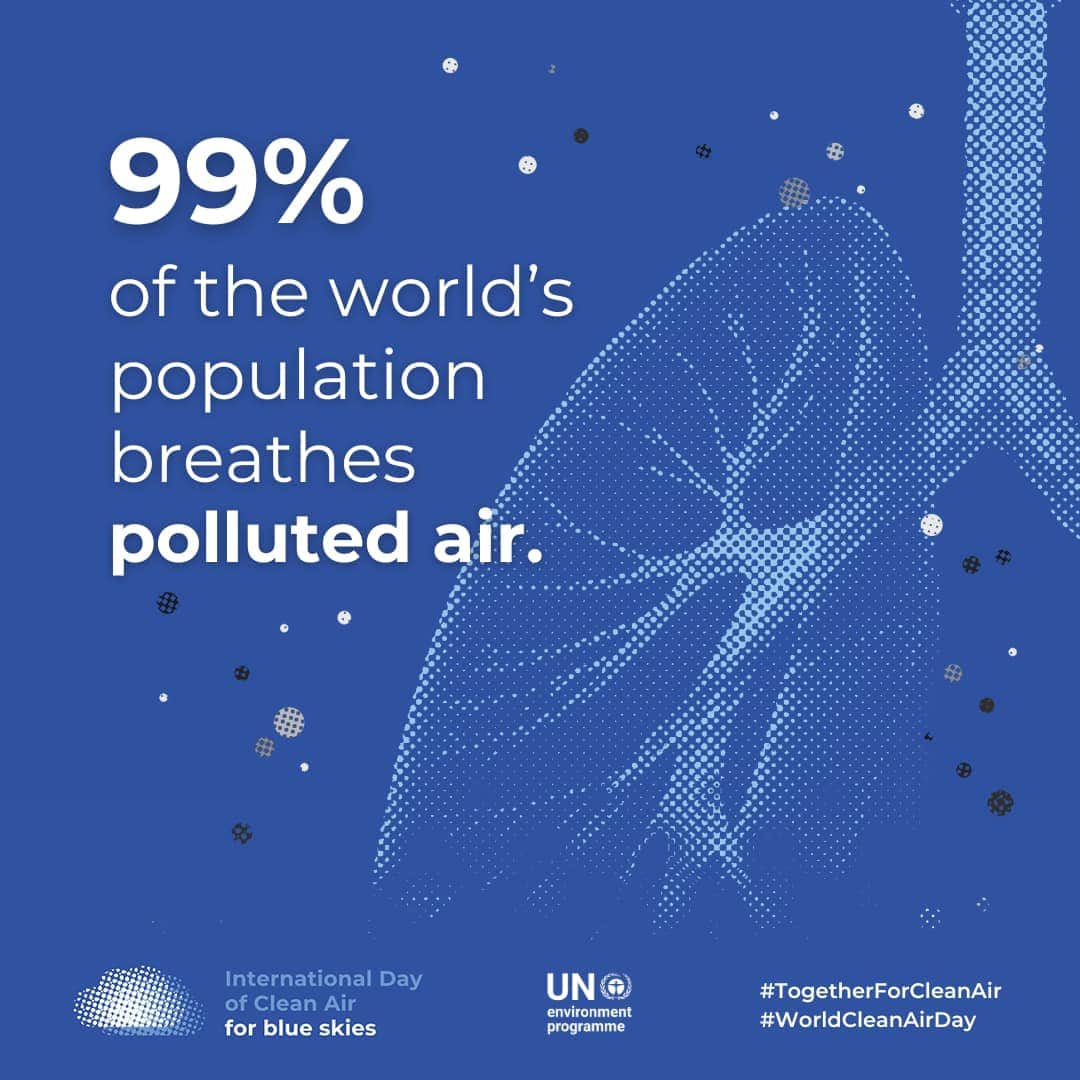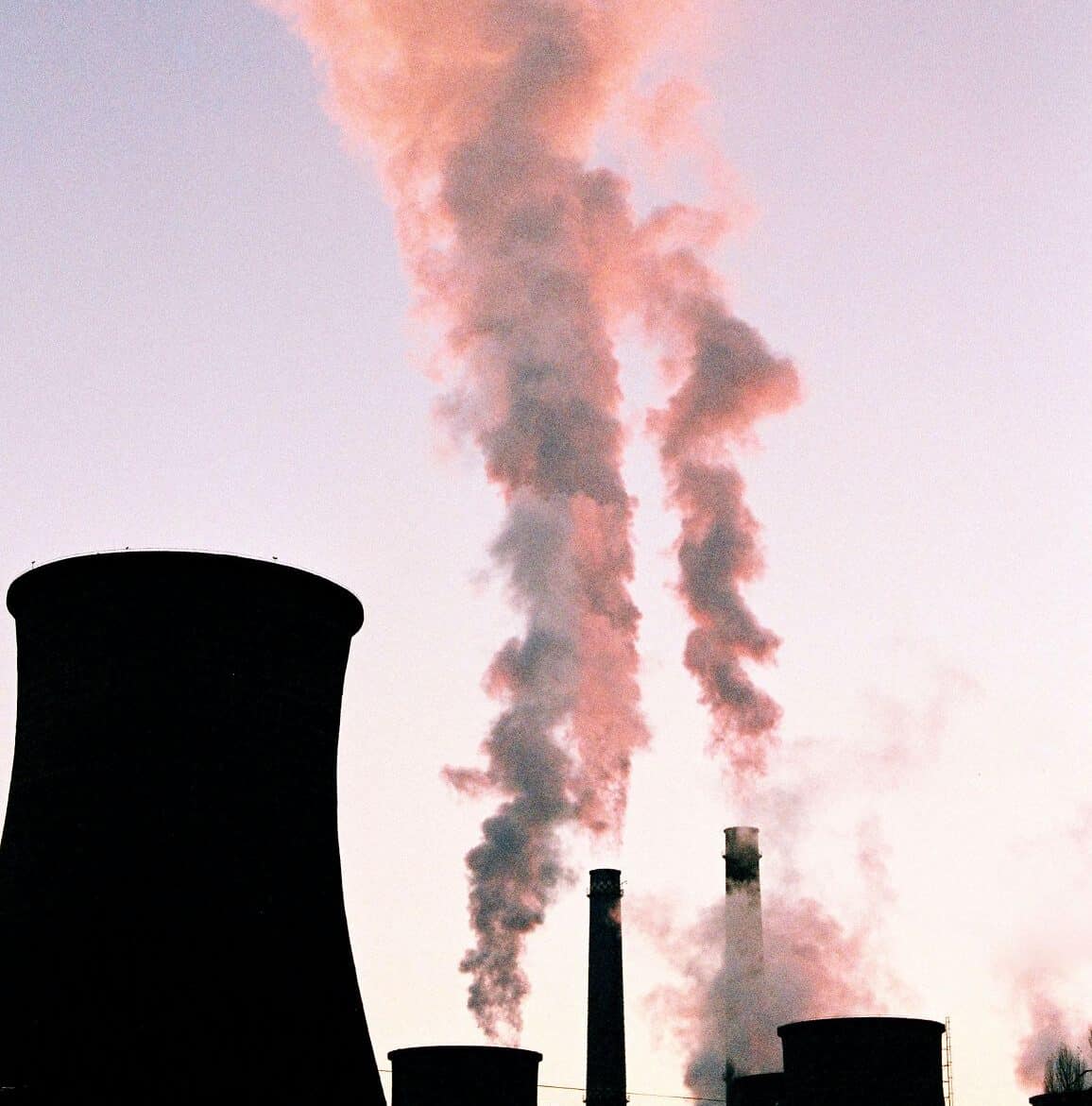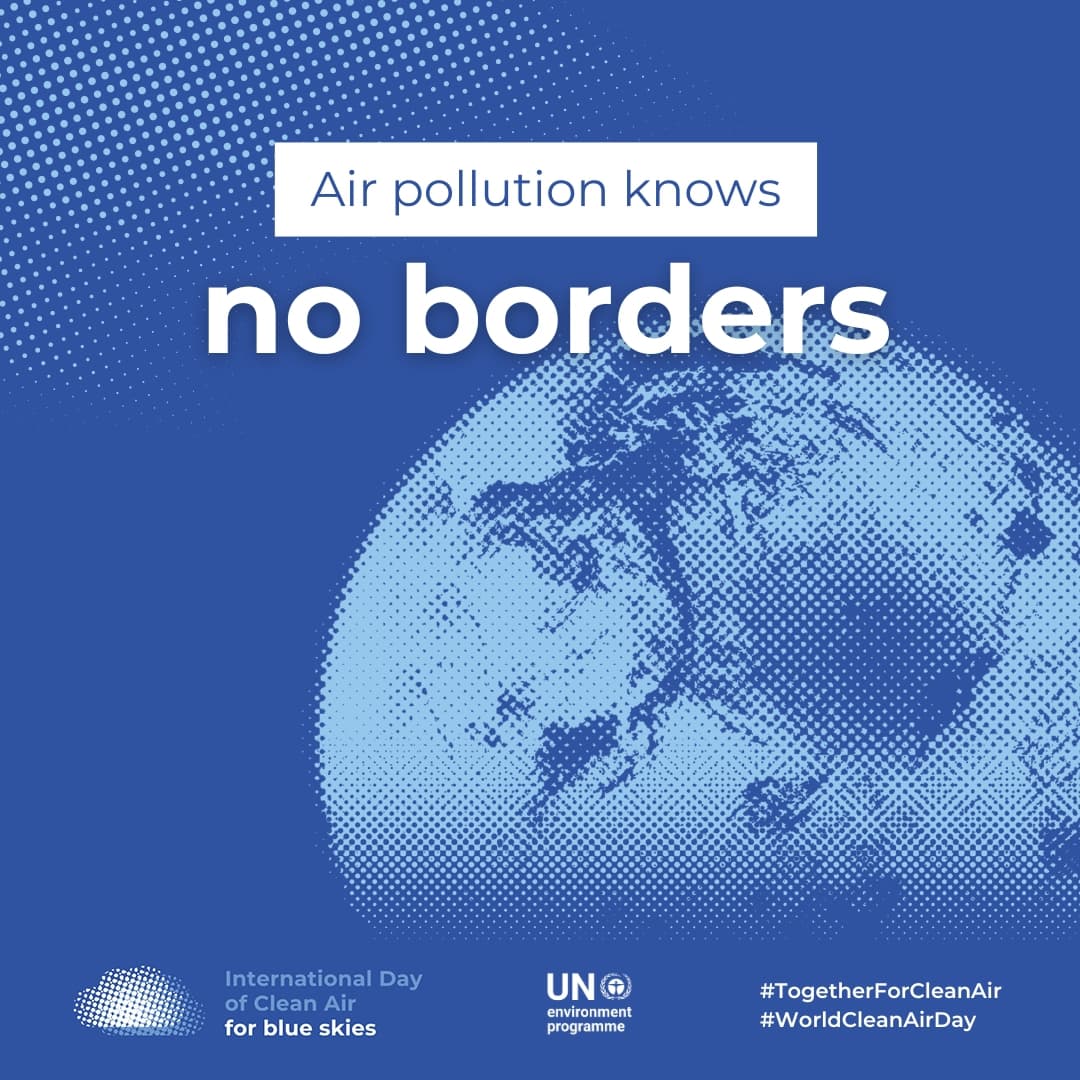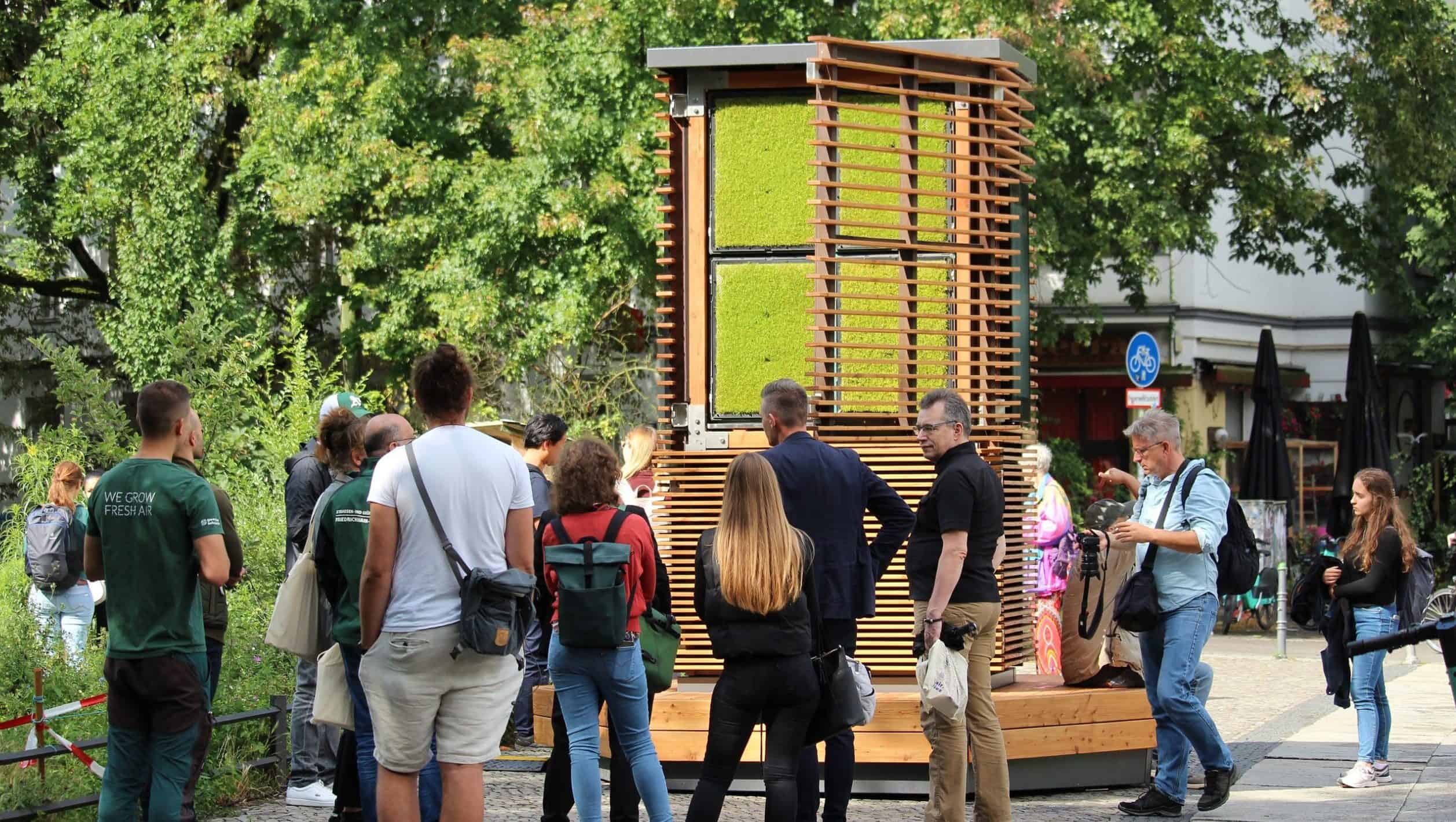“Breathing should never be a hazard.”
In fact, 99% of people breathe unsafe air and air pollution causes 6.7 million premature deaths annually according to the World Health Organization (WHO, source).
Airborne pollutants are responsible for “about 1 in 3 of deaths from stroke, chronic respiratory disease, and lung cancer, as well as one quarter of deaths from heart attack” (source). In addition, air pollution “harms our natural environment, decreasing the oxygen supply in our oceans, making it harder for plants to grow and contributing to the climate crisis” (source).
Photos: Max Bender, UNEP, Octavian Catană
„Why does clean air matter?“‘ asked the UN Environment Programme.
“Outdoor air pollution is a major environmental health problem affecting everyone in low-, middle-, and high-income countries”, wrote the WHO. The European Environment Agency made it even clearer: “Air pollution is hard to escape, no matter where you live” (source).
Thus, this year, UN “Member States declared access to a clean, healthy and sustainable environment a universal human right” (source). Furthermore, such an environment “is required to achieve the Sustainable Development Goals. Efforts to counter the triple planetary crisis of climate change, nature and biodiversity loss, and pollution and waste must be ramped up in order to truly transform societies and economies for everyone, everywhere” (source). And even though air quality in Europe has “improved over recent decades, the levels of air pollutants still exceed EU standards and the most stringent World Health Organization guidelines” (source).
Air pollution is (still) the biggest environmental health risk of our time.
Photos: Israel Sundseth, UNEP, JuniperPhoton
It is one the “most urgent and deadly global challenges” and the “is getting worse” (source). According to the Clean Air Fund, by 2060 it “could cause up up to 9 million early deaths each year. The OECD and World Bank project the annual welfare costs associated with these premature deaths will cost the global economy $18-25 trillion” (source).
Thus, according to the United Nations Environment Programme, “It’s time we stand up, speak out & unite” for clean air (source). Appropriately, this year’s “World Clean Air Day” will be held under the theme “Together for Clean Air”, “focusing on the need for strong partnerships, increased investment and shared responsibility to overcome air pollution” (source).
On 7 September 2023, the world will celebrate “International Day of Clean Air for blue skies”. The United Nations are “calling for global action to combat air pollution, one of the greatest health and environmental challenges of our time” (source). The special ocassion “invites us all to consider how we can support action for clean air in our countries, cities and businesses […]. These actions benefit human health, protect ecosystems, and reduce climate-warming air pollutants and greenhouse gases” (source). Find out more ahead of this year’s World Clean Air Day at cleanairblueskies.org.
Photos: Joseph Chan & Robert Collins
The good news?
Air pollution is preventable, according to the United Nations – and “solutions are available and must be implemented” (source).
Our solution comes from nature. And the “beauty of our solution is that it works from day one”, said Peter Sänger, founder and managing director of Green City Solutions. In addition, “it works where trees have a hard time and many people benefit from the fresh air zone”, he continued.
Thus, we at Green City Solutions are celebrating World Clean Air Day with lots of clean and fresh air – thanks to our natural fresh air zones.
In 2022 alone, our active moss filters cleaned and cooled over 273 million cubic meters of air! This means a tenfold increase in our impact compared to 2021 (approx. 30 million m³). And while close to 270 installed and activated moss mats might not sound like much, the cool air they produce amounts to more than 170,000 watts, equal to 85 commercially available air conditioners.
Today, around 500 of our active moss mats are in use and are providing clean air for more than 430.000 people in urban areas.
On top of that they generate a cooling capacity of more than 300,000 watts. A value for which one would need about 160 commercially available air conditioners or 3.800 trees.
Fortunately, this is just the beginning, and we are expecting to see a much larger number of solutions like our moss filters in urban areas in the upcoming years. The need for a quick solution to bring clean and cooler air to our cities is increasing and we have no more time to waste: Another record summer with countless heat waves demonstrated the importance of cool and clean air for residents in cities.
Together for clean air!
Photos: GCS










